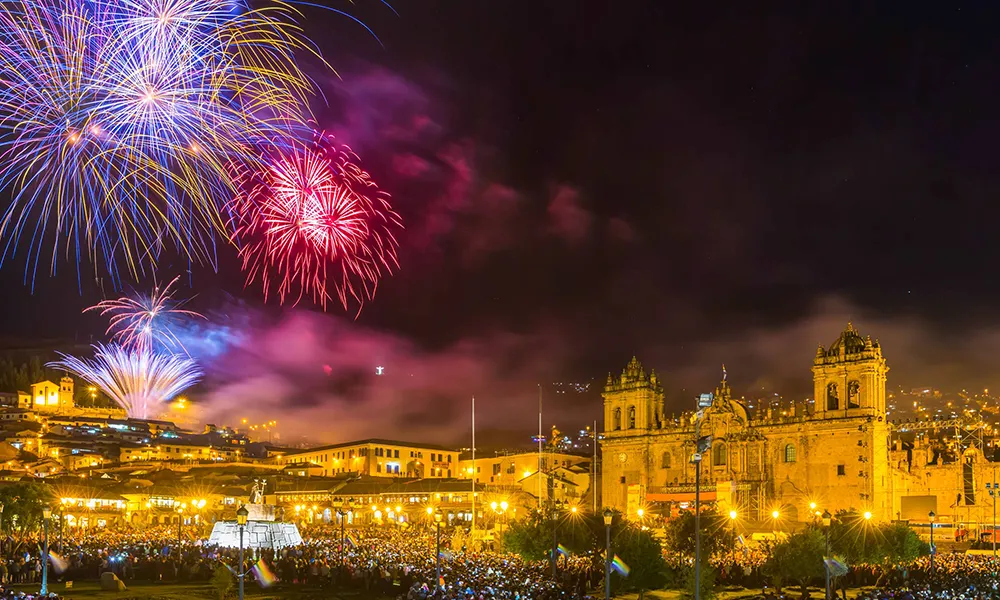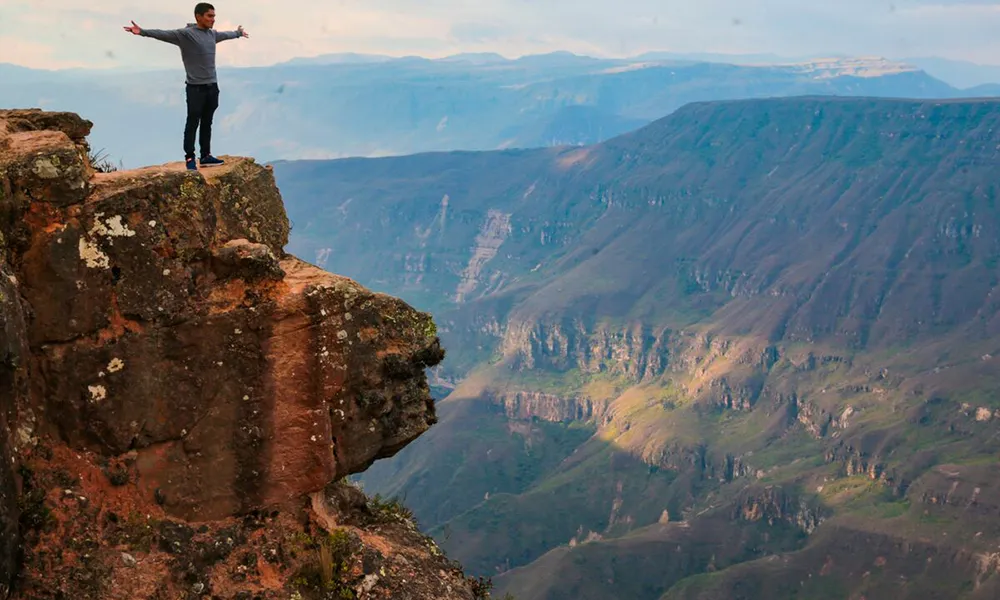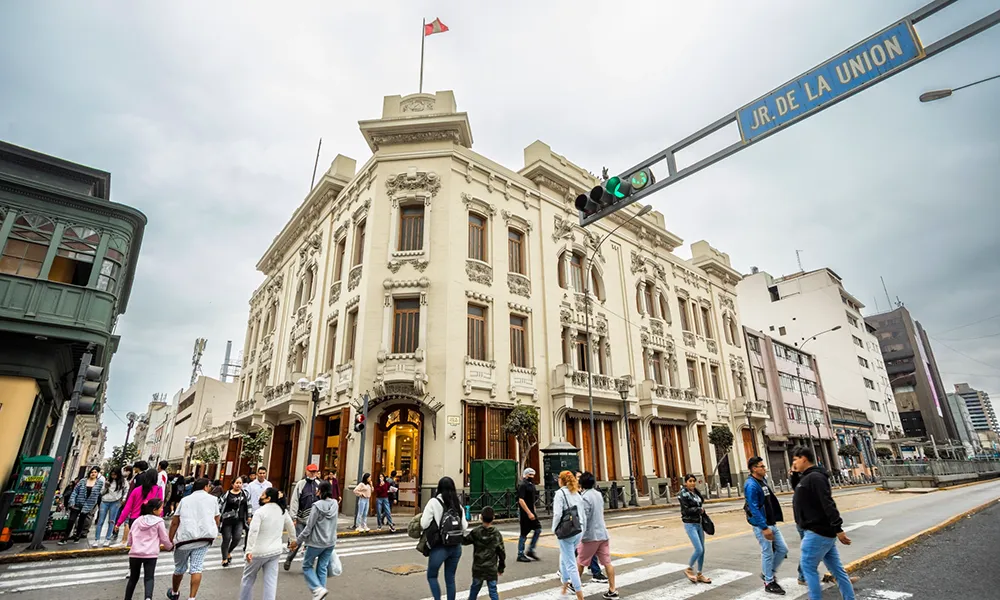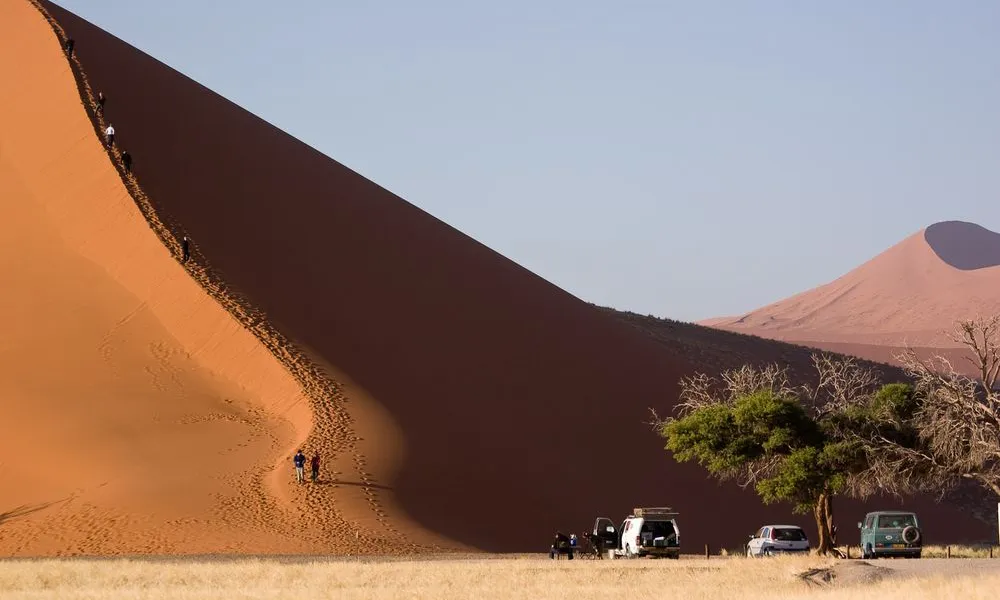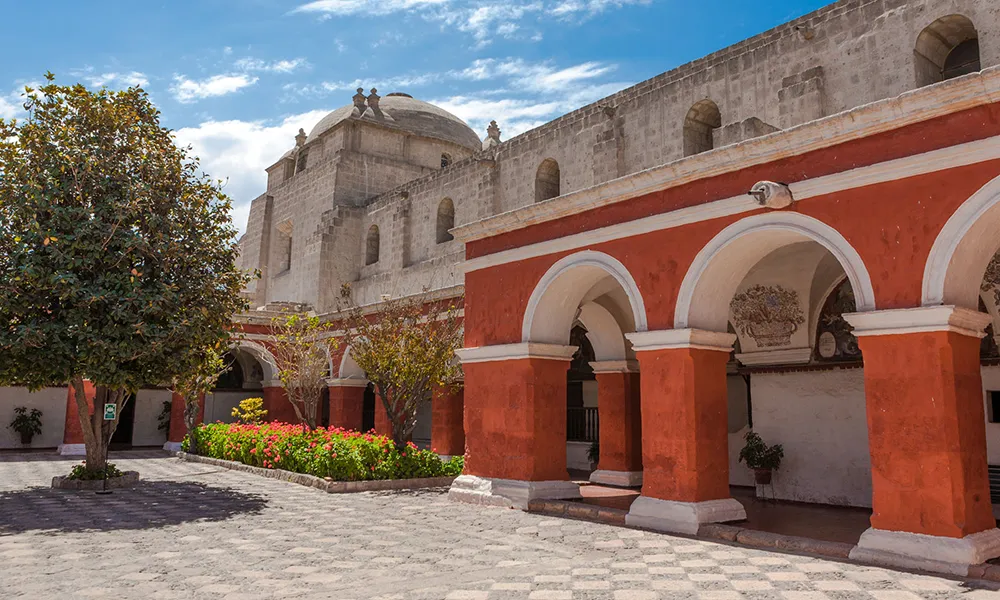A Journey into Nature’s Heart
Hidden in the vast green expanse of South America lies one of the planet’s most fascinating destinations: the Amazon Rainforest of Peru. For travelers from the United States, this region offers a genuine connection to nature, ancient cultures, and the extraordinary biodiversity that makes Peru one of the most treasured ecological sanctuaries on Earth. Staying in eco-lodges is not only an adventure but also a conscious choice to support sustainability and local communities that have protected this land for centuries.
The Peruvian Amazon covers more than half of the country’s territory and embraces regions like Madre de Dios, Loreto, and Ucayali. Each area has its own charm and ecosystem, offering different ways to experience the jungle — from deep river journeys to guided walks among towering trees, exotic birds, and playful monkeys.
Main Gateways to the Peruvian Amazon
1. Puerto Maldonado – Gateway to Tambopata
Puerto Maldonado, located in southeastern Peru, is the most accessible route for visitors coming from Cusco or Lima. A short flight connects these cities to the lush landscapes of Tambopata National Reserve, where biodiversity thrives in every corner. This area is known for its vibrant clay licks, where hundreds of macaws gather in the early morning, creating one of nature’s most colorful spectacles. Travelers can explore oxbow lakes, observe caimans at night, and enjoy peaceful canoe rides along the Madre de Dios River.
2. Iquitos – The Heart of the Upper Amazon
Iquitos, the largest city in the Peruvian jungle, can only be reached by air or river, which adds to its mystery and allure. Here, visitors embark on river cruises or stay in lodges surrounded by pristine wilderness, especially near the Pacaya Samiria National Reserve, known as the “Jungle of Mirrors.” The flooded forest landscapes, pink river dolphins, and traditional Amazonian villages make Iquitos a destination for those seeking immersion and exploration in its purest form.
3. Manu Biosphere Reserve – Untouched Wilderness
Manu, located between the Andes and the Amazon Basin, is one of the most biodiverse protected areas on Earth. Declared a UNESCO World Heritage Site, this reserve shelters thousands of species of plants, birds, mammals, and amphibians. Eco-lodges here are deep in the forest and accessible only by boat, which guarantees an authentic experience far from mass tourism. It’s an ideal destination for wildlife photographers and adventurous travelers eager to witness the forest in its most natural state.
The Magic of Eco-Lodges in the Amazon
Peruvian eco-lodges are designed to harmonize with the jungle, built using natural materials like bamboo, wood, and palm leaves. They offer comfort without breaking the balance of the ecosystem. For U.S. travelers, these lodges provide a unique mix of luxury and sustainability — a chance to enjoy hot showers and comfortable beds while listening to the sounds of the forest.
Each eco-lodge has its own identity and philosophy: some emphasize wildlife observation, others focus on cultural interaction or wellness activities such as yoga and natural spa treatments. What unites them all is their commitment to responsible tourism, renewable energy, and community development.
Outstanding Eco-Lodges in the Peruvian Amazon
Inkaterra Reserva Amazónica – Tambopata
Considered one of the pioneers of eco-tourism in Peru, this lodge offers elegant wooden cabanas along the Madre de Dios River. Guests can walk across canopy bridges high above the forest floor, participate in guided nature walks, and enjoy candlelit dinners surrounded by the sounds of wildlife.
Posada Amazonas – Community and Nature
Managed in partnership with the native Ese Eja community, this lodge is an example of how tourism can benefit local people. Visitors learn about indigenous traditions, medicinal plants, and forest conservation, all while exploring trails filled with monkeys, toucans, and giant otters.
Refugio Amazonas – Family Adventure
This lodge blends comfort and adventure. It’s known for its observation tower, offering panoramic views over the canopy, and for night hikes where guests can spot insects, frogs, and nocturnal mammals.
Tambo Blanquillo – Deep Manu Experience
Located in one of the most remote areas of Manu, this eco-lodge offers direct access to macaw clay licks and hidden oxbow lakes. It’s a favorite among nature photographers seeking encounters with tapirs, jaguars, and giant river otters.
Delfin Amazon Cruises – Luxury on the River
For those who prefer water-based exploration, this cruise combines five-star comfort with a sense of adventure. Each suite offers panoramic views of the Amazon River, and guests can participate in excursions by small boats to explore lagoons, wildlife, and remote communities.
Wildlife Encounters and Activities
Every moment in the Peruvian Amazon feels like a discovery. Travelers may find themselves waking up to the calls of howler monkeys, watching giant otters hunt in the lakes, or spotting colorful butterflies fluttering between orchids. Birdwatchers can observe more than 600 species, including the iconic macaw, hoatzin, and harpy eagle.
Excursions include canopy walks, night safaris, canoe rides, botanical tours, and visits to native villages. Many lodges also offer workshops on traditional crafts and cooking classes with local ingredients, allowing visitors to understand the deep connection between the people and the forest.
Best Time to Visit the Amazon Rainforest
The Peruvian Amazon can be visited year-round, but conditions vary according to the season:
-
Dry Season (May to October): Clearer skies, easier hiking conditions, and higher chances of spotting wildlife.
-
Rainy Season (November to April): The forest becomes greener, and rivers rise, making boat excursions more scenic and adventurous.
For travelers from the United States, planning a visit between June and September is ideal — it coincides with summer vacation and offers the best weather for photography and wildlife viewing.
Responsible Tourism and Environmental Awareness
Eco-lodges in Peru are deeply committed to protecting the Amazon’s fragile ecosystem. Many have strict waste management systems, solar panels for energy, and programs that reinvest tourism profits into conservation and education. Visitors are encouraged to travel responsibly by minimizing plastic use, following guides’ instructions, and respecting wildlife habitats.
Tourism in the Peruvian Amazon is not just about observation; it’s about participation and respect. Each guest becomes part of a movement that values nature, sustainability, and the ancestral wisdom of the local communities that have preserved this environment for generations.
Recommendations for Travelers
-
Pack light, breathable clothing, a wide-brimmed hat, and biodegradable insect repellent.
-
Always carry a reusable water bottle and stay hydrated.
-
Waterproof shoes and a rain poncho are essential.
-
Respect local customs and follow safety instructions from your guide.
-
Bring binoculars and a camera with zoom for wildlife observation.
Conclusion
Choosing to stay in Amazon Rainforest lodges in Peru is more than a vacation — it’s an immersion into one of the planet’s last natural wonders. Each sunrise reveals a new symphony of life, from the whispering rivers to the singing birds that greet the morning.
For travelers from the United States, this journey offers not only adventure and relaxation but also a deeper awareness of the importance of conserving the environment. The Peruvian Amazon, with its eco-lodges and vibrant life, invites every visitor to rediscover what it truly means to be connected to the Earth.
A trip here is not just seen — it’s felt, breathed, and remembered forever.



